Today, 18 November 2021, the British government has published its much delayed Integrated Rail Plan for the North and Midlands.
In it, the government has confirmed the cancellation of the eastern leg of HS2 (Phase 2b East), which would connect Birmingham with Leeds and free up capacity on the Midland Main Line and the East Coast Main Line by removing high-speed services from these routes and allowing them to carry a much higher frequency of stopping services. The cut-back version of HS2 now being built, Phase 1 (London to Birmingham), Phase 2a (Birmingham to Crewe) and Phase 2b West (Crewe to Manchester) is essentially now a bypass for the West Coast Main Line.
The government has also announced a huge scaling back of Northern Powerhouse Rail. There will no longer be new lines built between Liverpool and HS2 (into Manchester) and Manchester and Leeds.
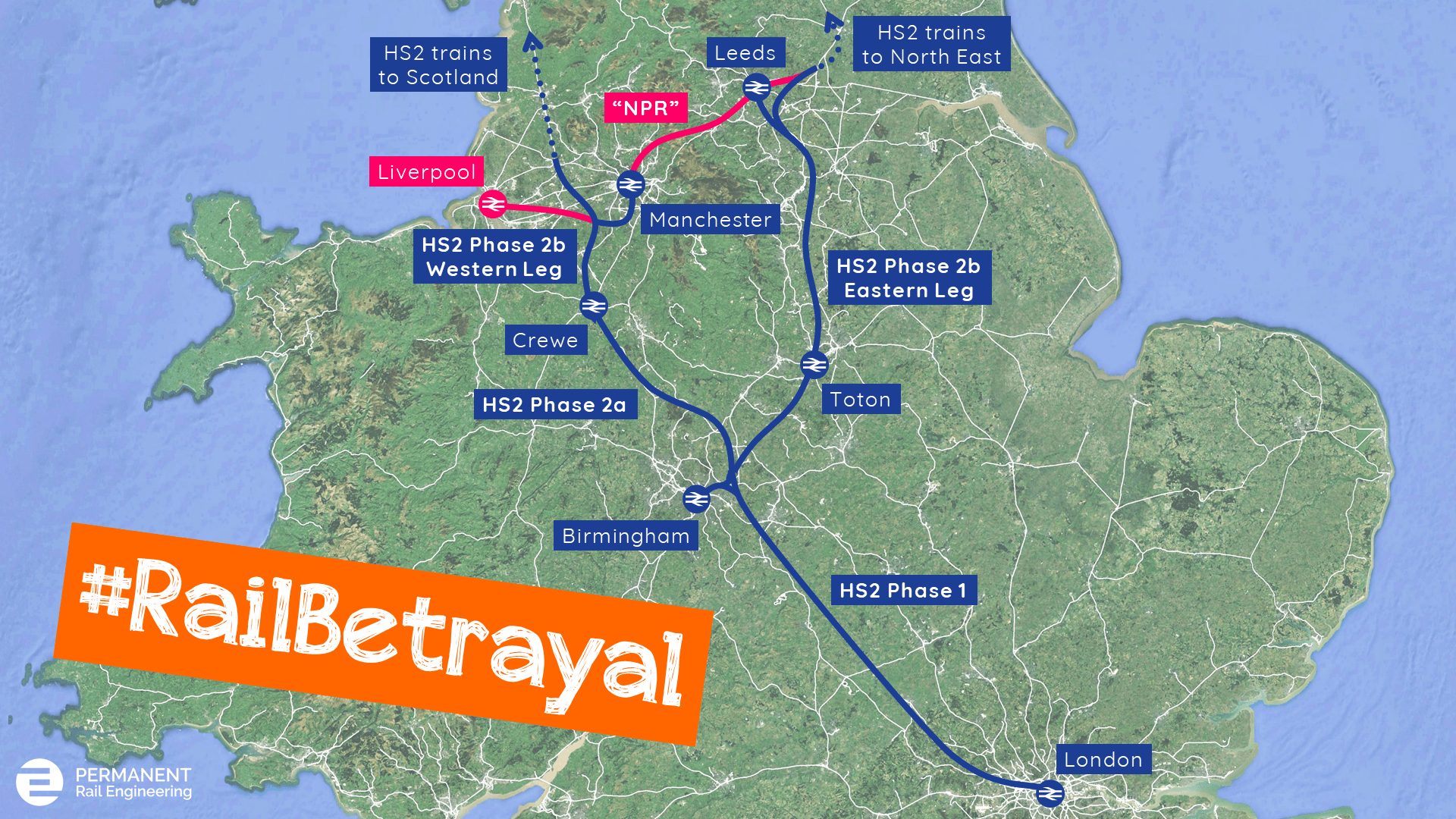
Cutbacks announced to new railway lines in England in the Integrated Rail Plan
© Gareth Dennis
The government says it is building “three new high-speed lines”. Phase 2b West is one of them. A second is an atrophied version of HS2’s eastern leg to East Midlands Parkway. This also means a cancellation of the East Midlands Hub that was a fundamental and crucial part of the HS2 project. At this point, the government says, “HS2 trains will continue directly to Nottingham, Derby, Chesterfield, and Sheffield on the upgraded and electrified Midland Main Line” – meaning decimated capacity for stopping services on the MML. The final ‘new high-speed line’ is a section of track heading east out of Manchester in the direction of Bradford after which the route will continue on existing track into and through Bradford and onwards to Leeds. The section between Liverpool and Warrington – the eastern section of what would have been NPR (an east-west high-speed rail line across the Pennines also sometimes called HS3) – will now also run on existing track.
Consequently: the Integrated Rail Plan abandons plans to relieve the East Coast Main Line and the Midland Main Line and abandons plans to provide a dedicated east-west high-speed rail line between Liverpool and Leeds, connecting with Hull.
The plans for the East Midlands Hub are also gone, meaning that the accompanying suburban rail network cannot go ahead as planned.
The Integrated Rail Plan focuses heavily on pointing out how journey times between various cities are still being shortened, just as HS2 would have shortened them. However, unlike HS2, it is doing this at the expense of local and regional rail capacity.
In return for this gutting of the only strategic rail plan this country has had, we are told the Transpennine Route will be fully electrified rather than partially. The correct thing to do would be to build Northern Powerhouse Rail (the high-speed east-west link) in full, HS2 Phase 2b East in full *and* fully electrify the existing Transpennine Route. There will also be some “longer sections of three and four-tracking” – overtaking lanes, essentially. Anyone who has ever driven on a single-carriageway road that briefly turns into a dual carriageway and then returns to a single carriageway again knows that this kind of infrastructure is not the same as a full dual carriageway, especially not when the route is full and some of the traffic is moving much much slower than other vehicles.
The Midland Main Line will see its remaining unelectrified sections electrified at last. This too is not a new proposal. It was happening and then the government axed that programme back in 2017 touting the benefit of ‘modern bi-mode trains’ and expressing concerns about ‘disruptive electrification works’ and ‘intrusive wires and masts’.
As for the East Coast Main Line, the Integrated Rail Plan mentions digital signalling. This is already happening on the East Coast Main Line and is not a new project. It will see minor upgrades such as the removals of flat junctions and crossings.
The government says it will “start work on the new West Yorkshire Mass Transit System”, saying “Leeds is the largest city in western Europe without light rail or a metro”. The Integrated Rail Plan robs Leeds of its connection to a high-speed rail line too.
When the National Infrastructure Commission published its report Rail Needs Assessment for the Midlands and the North last December, there was widespread dismay at the suggestion that improving local services / upgrading existing lines and delivering HS2 in full was presented as an either / or choice. The Integrated Rail Plan continues with that fallacy. This is not about improving rail services, this is about trying to spend less money on rail – the most carbon-friendly form of transport we have and the one that notably got ignored at the recent COP26 climate summit.
The Interim Chair of Transport for the North, Cllr Louise Gittins, agrees:“Today’s announcement is woefully inadequate. After decades of underfunding, the rail network in the North is not fit for purpose. It is largely twin-track Victorian infrastructure trying to cope with the demands of a 21st Century economy. [...]
“The leaders of the North, jointly with Government, have worked hard to come up with an evidence-led plan to help reverse the chasm of under investment over the last four decades to give passengers in the North a railway network fit for today and for generations to come. That doesn’t mean a bit here and a bit there of minor upgrades to the existing network. It means transformational change for the whole rail network. That means building HS2 and Northern Powerhouse Rail in full. That means good east-west connections, improved reliability and a better customer experience to bring about modal shift to meet our decarbonisation strategy.”
One area the public and the media have routinely raised with regard to HS2 has been its cost. However, Boris Johnson has made frequent pledges that HS2 would be built ‘in full’ only to go back on his promise now. The High Speed Rail group said, “Today’s u-turn significantly dents confidence in the sector. The regular chopping and changing of the scope of projects, and revisiting questions that had previously been settled, is one of the biggest drivers of high infrastructure costs in this country”. It turns out the Integrated Rail Plan is bad for skills too.
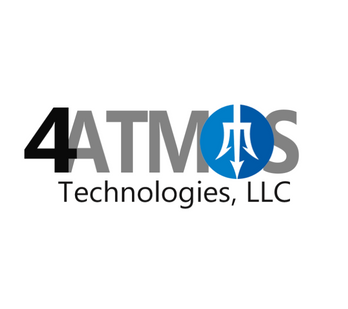

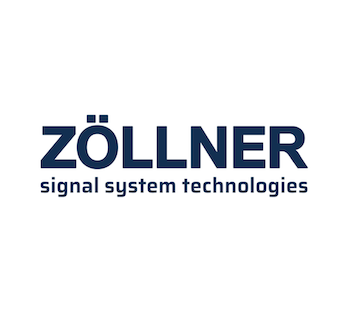

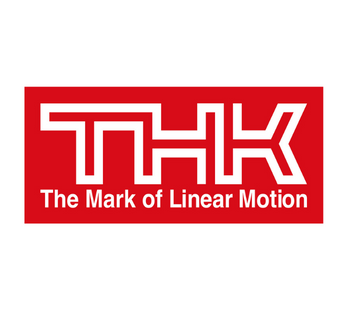
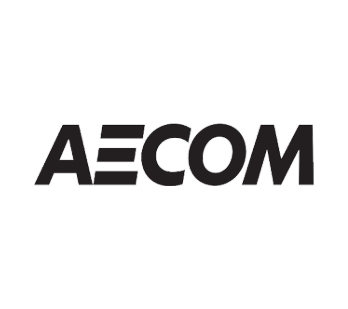


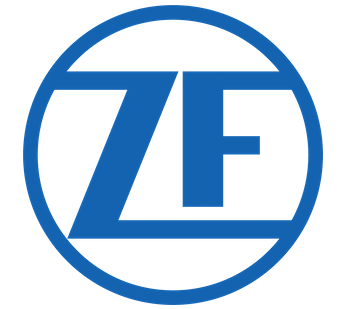

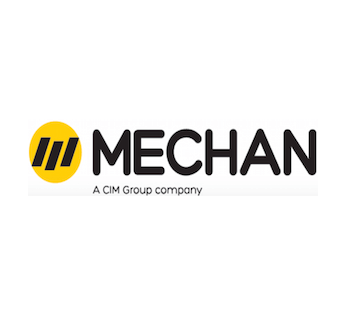

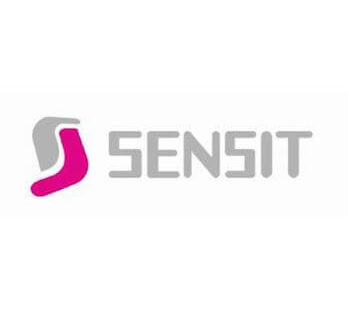



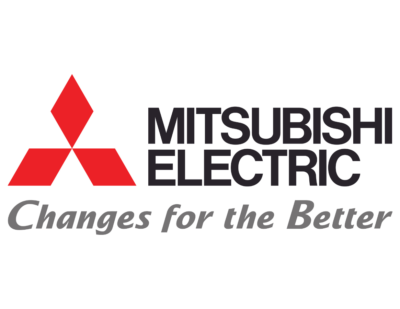
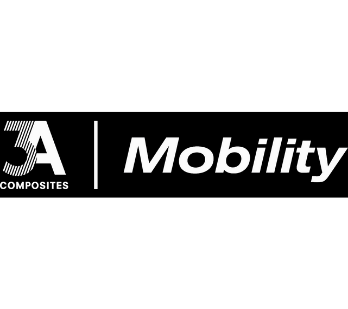



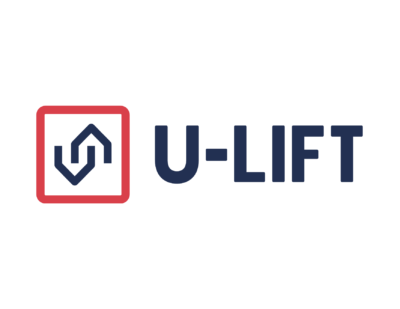



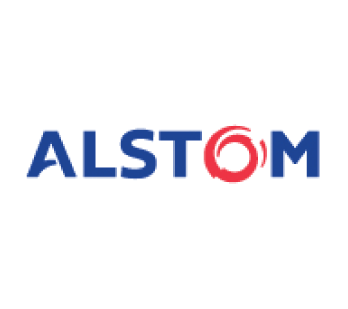

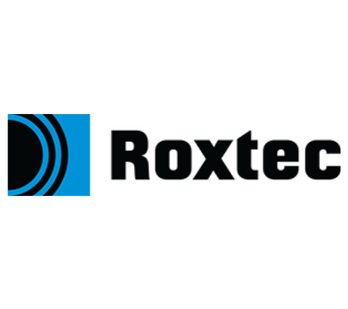


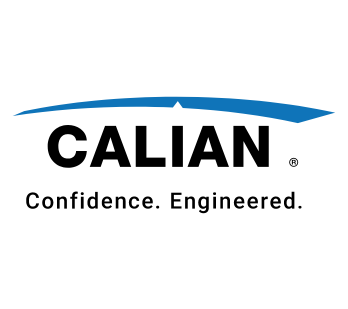


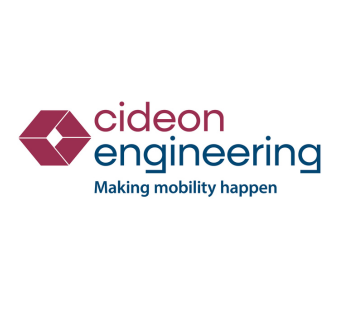

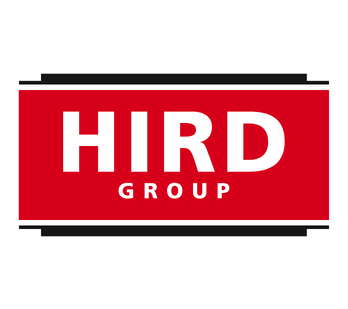

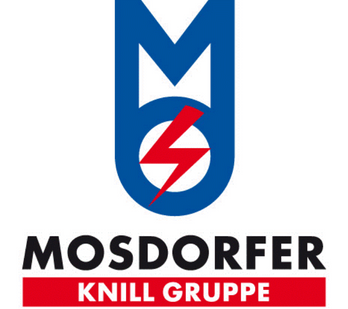



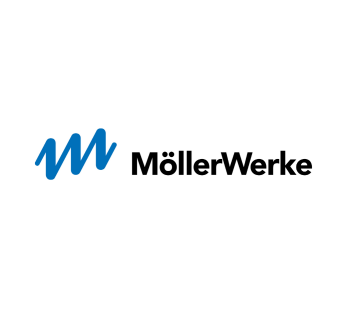

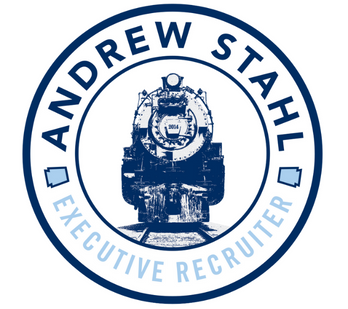






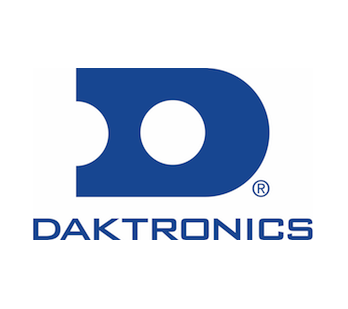



















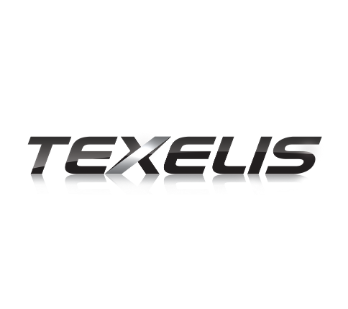

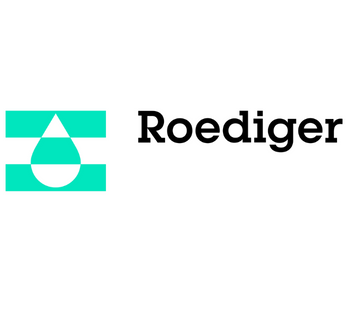








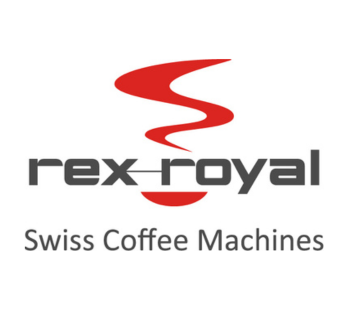






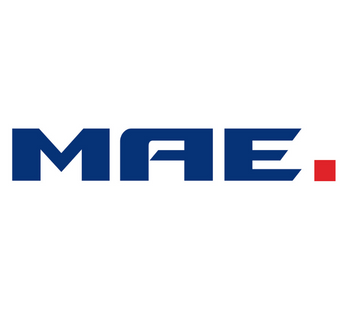




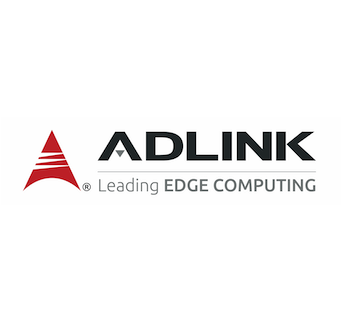

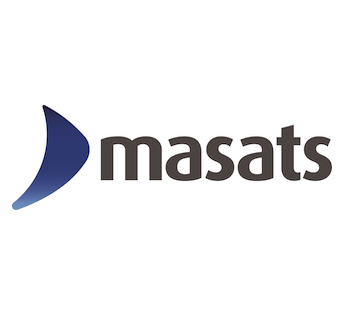

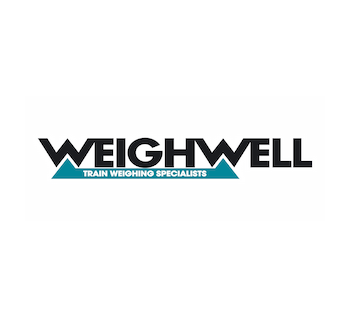

Comment
by Josephine Cordero Sapién
Published
18 Nov 2021
Tags
Climate Change
HS2
Integrated Rail Plan
Northern Powerhouse
United Kingdom
Today, 18 November 2021, the British government has published its much delayed Integrated Rail Plan for the North and Midlands.
In it, the government has confirmed the cancellation of the eastern leg of HS2 (Phase 2b East), which would connect Birmingham with Leeds and free up capacity on the Midland Main Line and the East Coast Main Line by removing high-speed services from these routes and allowing them to carry a much higher frequency of stopping services. The cut-back version of HS2 now being built, Phase 1 (London to Birmingham), Phase 2a (Birmingham to Crewe) and Phase 2b West (Crewe to Manchester) is essentially now a bypass for the West Coast Main Line.
The government has also announced a huge scaling back of Northern Powerhouse Rail. There will no longer be new lines built between Liverpool and HS2 (into Manchester) and Manchester and Leeds.
The government says it is building “three new high-speed lines”. Phase 2b West is one of them. A second is an atrophied version of HS2’s eastern leg to East Midlands Parkway. This also means a cancellation of the East Midlands Hub that was a fundamental and crucial part of the HS2 project. At this point, the government says, “HS2 trains will continue directly to Nottingham, Derby, Chesterfield, and Sheffield on the upgraded and electrified Midland Main Line” – meaning decimated capacity for stopping services on the MML. The final ‘new high-speed line’ is a section of track heading east out of Manchester in the direction of Bradford after which the route will continue on existing track into and through Bradford and onwards to Leeds. The section between Liverpool and Warrington – the eastern section of what would have been NPR (an east-west high-speed rail line across the Pennines also sometimes called HS3) – will now also run on existing track.
Consequently: the Integrated Rail Plan abandons plans to relieve the East Coast Main Line and the Midland Main Line and abandons plans to provide a dedicated east-west high-speed rail line between Liverpool and Leeds, connecting with Hull.
The plans for the East Midlands Hub are also gone, meaning that the accompanying suburban rail network cannot go ahead as planned.
The Integrated Rail Plan focuses heavily on pointing out how journey times between various cities are still being shortened, just as HS2 would have shortened them. However, unlike HS2, it is doing this at the expense of local and regional rail capacity.
In return for this gutting of the only strategic rail plan this country has had, we are told the Transpennine Route will be fully electrified rather than partially. The correct thing to do would be to build Northern Powerhouse Rail (the high-speed east-west link) in full, HS2 Phase 2b East in full *and* fully electrify the existing Transpennine Route. There will also be some “longer sections of three and four-tracking” – overtaking lanes, essentially. Anyone who has ever driven on a single-carriageway road that briefly turns into a dual carriageway and then returns to a single carriageway again knows that this kind of infrastructure is not the same as a full dual carriageway, especially not when the route is full and some of the traffic is moving much much slower than other vehicles.
The Midland Main Line will see its remaining unelectrified sections electrified at last. This too is not a new proposal. It was happening and then the government axed that programme back in 2017 touting the benefit of ‘modern bi-mode trains’ and expressing concerns about ‘disruptive electrification works’ and ‘intrusive wires and masts’.
As for the East Coast Main Line, the Integrated Rail Plan mentions digital signalling. This is already happening on the East Coast Main Line and is not a new project. It will see minor upgrades such as the removals of flat junctions and crossings.
The government says it will “start work on the new West Yorkshire Mass Transit System”, saying “Leeds is the largest city in western Europe without light rail or a metro”. The Integrated Rail Plan robs Leeds of its connection to a high-speed rail line too.
When the National Infrastructure Commission published its report Rail Needs Assessment for the Midlands and the North last December, there was widespread dismay at the suggestion that improving local services / upgrading existing lines and delivering HS2 in full was presented as an either / or choice. The Integrated Rail Plan continues with that fallacy. This is not about improving rail services, this is about trying to spend less money on rail – the most carbon-friendly form of transport we have and the one that notably got ignored at the recent COP26 climate summit.
“Today’s announcement is woefully inadequate. After decades of underfunding, the rail network in the North is not fit for purpose. It is largely twin-track Victorian infrastructure trying to cope with the demands of a 21st Century economy. [...]
“The leaders of the North, jointly with Government, have worked hard to come up with an evidence-led plan to help reverse the chasm of under investment over the last four decades to give passengers in the North a railway network fit for today and for generations to come. That doesn’t mean a bit here and a bit there of minor upgrades to the existing network. It means transformational change for the whole rail network. That means building HS2 and Northern Powerhouse Rail in full. That means good east-west connections, improved reliability and a better customer experience to bring about modal shift to meet our decarbonisation strategy.”
One area the public and the media have routinely raised with regard to HS2 has been its cost. However, Boris Johnson has made frequent pledges that HS2 would be built ‘in full’ only to go back on his promise now. The High Speed Rail group said, “Today’s u-turn significantly dents confidence in the sector. The regular chopping and changing of the scope of projects, and revisiting questions that had previously been settled, is one of the biggest drivers of high infrastructure costs in this country”. It turns out the Integrated Rail Plan is bad for skills too.